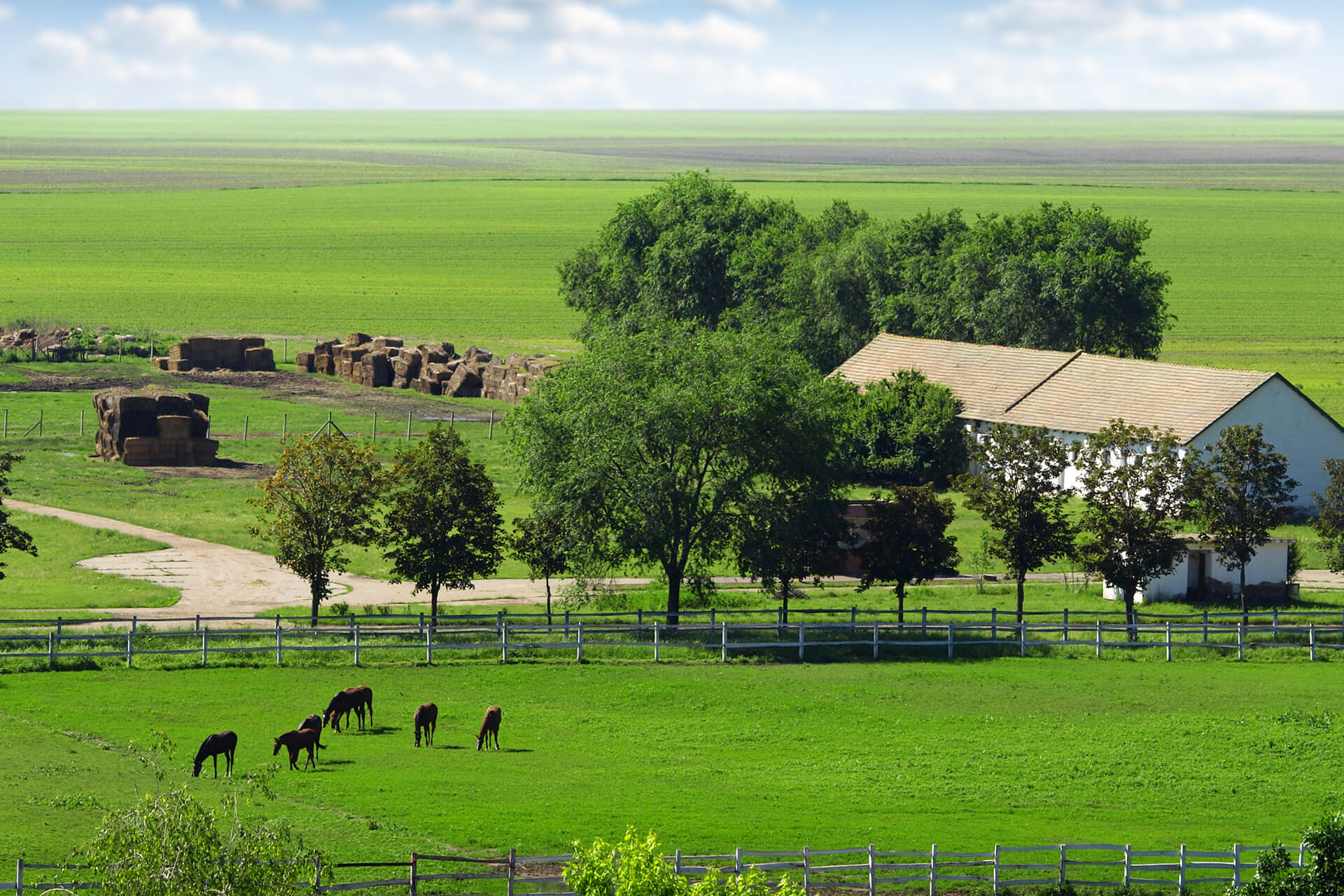A Guide to Composting Horse Manure

Disposing of horse manure can be a daunting, continuous task. If you've got the patience, one great option is composting horse manure. The process transforms fresh horse manure and bedding into the perfect fertilizer for gardening and farming.
Benefits
If you don't have enough room to spread your manure on unused fields to dry out, or don't want to have it hauled off, composting might be for you. Composting also reduces the volume of the end product and cuts down on odors—ideal for barns located near residential areas.
Reducing the fly population in your barn starts with managing your manure. To start, you can give your horse SimpliFly Feed-Thru Fly Control to prevent the development of fly larva, including house flies and stable flies, in your horse's manure. Composting will also help kill fly larva, but it requires planning and attention to convert manure into a usable compost.
How it works
The USDA's National Resources Conservation Service says the following four ingredients are necessary for successful composting:
- A hard surface to place compost, stabilized with lime
- A structure such as a shed, bin or hay bale enclosure
- Access to water to manage the compost's moisture content
- Time to move manure and turn the piles
Horse manure that contains bedding like wood shavings, straw, sawdust or old hay is ideal for composting.
During the composting process, bacteria works with air, horse feces, moisture and a material such as straw or shavings to heat up the pile of manure and break it down. According to the NRCS, the pile will reach a temperature of 160 degrees Fahrenheit, which kills off germs and weed seeds within the manure. This process will leave you with organic matter perfectly suited to fertilize plants and crops.
Don't forget to turn it
Air and heat need to be circulated to encourage composting, so the piles of manure need to be turned and mixed at least twice during the process. You may want to check the temperature of the pile with a compost thermometer. When the temperature is at least 145 degrees Fahrenheit for three days, it will eliminate most weed seeds. The NRCS says after the pile cools down slightly from the first heating, it's time to turn the manure. Make sure to move outside material inward, and vice versa.
When the pile again reaches 145 degrees for three days, it's ready to be turned a second time. You'll then let the piles continue to decompose for a few months.
When is it ready?
So how long does it take to compost horse manure? Generally, it'll take three to six months for horse manure to turn into compost. The NRCS says this allows fertilizer nutrients to stabilize and weed seeds to be killed.
So how long does it take to compost horse manure? Generally, it'll take three to six months for horse manure to turn into compost.
Location
Select a composting location that is easily accessible with your tractor year-round. If you choose an outdoor location, the NRCS says you'll want to use a concrete pad with good drainage away from any water sources such as wells, lakes or streams. Ideally, the downhill side will have grass trimmed short to stop runoff. You'll be arranging the manure in long piles known as windrows for composting.
If you choose to compost indoors, you can find designs for compost sheds through NRCS. The ideal shed contains a couple of wooden bins with an opening on one side to allow you to turn the compost from bin to bin—the fact sheet suggests using a front-end loader for this task.
If you don't have a shed, you can make a manure pile in either a three-sided structure or surrounded by round hay bales, covered with a tarp or plastic.
Troubleshooting
Make sure to chop up large pieces of material such as branches or long hay before adding to your compost pile. You may have to add water to the piles if they get dryer than a “wrung-out sponge" says the NRCS.
A final note: Have your compost tested for fertilizer value before using it on fields and gardens. You want to make sure you know what your compost's nutrient values are to avoid over-application.
Sources:
Composting fact sheet: https://www.nrcs.usda.gov/Internet/FSE_DOCUMENTS/stelprdb1167345.pdf
Find your local NRCS office: http://offices.sc.egov.usda.gov/locator/app
Life with Horses Newsletter
Sign up now to stay connected with free helpful horse care tips, product updates, and special offers.
Featured Products
Related Articles
Feed-Through Fly Control: A Practical Tool in the Fight Against Flies
A feed-through horse fly control product such as Farnam's SimpliFly is a great first step when it comes to fighting flies. This unique product breaks the fly life cycle by stopping them before they even start! Read on to learn why and how you should add a feed-through product to your fly control program.






